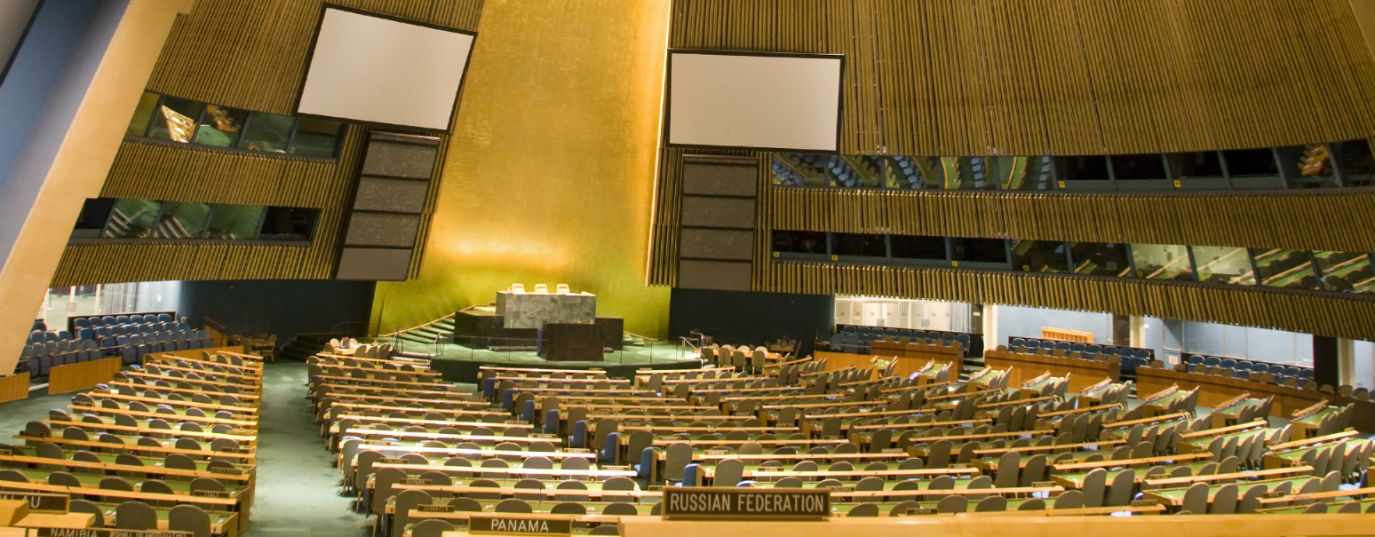Conclusions from the COP25: delaying the inevitable
The conclusions of COP25 allow us to have hope even though everything is still to be done
The COP25, held in Madrid, Spain, will go down in history for two record-breaking reasons: firstly for having been organised in a matter of weeks after Chile withdrew from hosting the summit and, secondly, for having been the longest in history. Unfortunately, neither of these two records contributed to what really mattered at the summit, which was accelerating action in the face of the climate emergency.
Disparity between what society, science and part of the private sector demand and the reality of government-led negotiations came to light at the summit. In other words, whilst one side is hopeful of increasing ambitions of achieving carbon neutrality (net-zero emissions), the other side is postponing important decisions, such as establishing carbon markets to accelerate countries' efforts to reduce greenhouse gas emissions.
However, as in almost all multilateral negotiations, there is no black and white, but instead a vast grey area in which progress can still be made. Both positive and negative aspects of Conference of the Parties can be drawn from this summit, where almost 200 countries once again had to agree upon every paragraph of each agreement. What these negotiations have achieved is to create a foundation for continued progress so that truly convincing global measures to make the world carbon neutral by 2050—as recommended by scientists in the best case scenario—will be agreed on at the COP26 in Glasgow.
COP25 shortfalls
The COP25's mantra was one of ambition, which was reiterated by leaders, film stars and the press. However, governments lacked conviction at the most important meetings.
No agreement reached on carbon markets
No consensus was reached on Article 6 of the Paris Agreement relating to carbon markets. Negotiators had to agree to call on countries to step up their efforts to combat climate change, but drawing up the binding text will be left for the Glasgow summit in 2020, which is the final deadline for the parties to define this article.
Despite disappointment, many point out that, since Article 6 is a critical part of the Paris Agreement that will help to promote investment in low-carbon solutions, its rules must ensure absolute environmental integrity and avoid double counting. Agreeing on a set of minimum levels would not have been an option either.
Scant commitment on raising national plan ambitions
Of the 195 countries that have ratified the Paris Agreement, at this summit, only 80 countries have undertaken to submit more-demanding climate plans in 2020, most of which are small, developing nations that represent 10.5 % of global emissions. Big polluters like the USA, China, India and Russia, which together account for about 55 % of global greenhouse gas emissions, are not included in this list.
COP25 successes
The conclusions from the COP25 do also leave room for hope, despite the fact that virtually everything still needs to be done.
Financial sector takes charge of climate action
The parties' lack of ambition when entering into decisive commitments contrasted starkly with the determination shown by companies, cities and regions to spearhead climate action. The number of companies pledging to achieve net-zero emissions doubled during the Madrid summit, meaning that 177 companies have now signed this proposal compared to 87 previously. This increase occurred after a group of 477 investors, with assets amounting to USD 34 billion, called on world leaders to step up their NDCs (Nationally Determined Contributions) and be more ambitious.
For its part, the European Union has broken free from the shackles of indecision with its council agreeing, through the newly adopted European Green Deal, that the EU will become carbon neutral by 2050.
Climate emergency permeates through society
The COP25 was the most high-profile summit to date. Thanks to social movements like Fridays for Future and Extinction Rebellion, the message of the climate emergency has permeated society and it's the people on the streets who are calling for a shift in the economic paradigm. At the COP25, we have seen that young generations are engaging with the problem and will continue to demand urgent mitigation and adaptation measures against climate change.
No more talk of 2°C
The Paris Agreement, signed in 2015, had one main objective: To prevent global warming from reaching 2°C above the pre-industrial era temperature and to ensure that an increase of no more than 1.5°C was measured. Since then, scientists have issued various warnings on the devastating consequences of continuing to set the objective at 2°C and demonstrating with exhaustive data that the difference of half a degree is a matter of life and death.
Although there are still those who deny the evidence and the great disparity between science and diplomacy, no one at the COP25 considers 2°C being a valid target to address the climate crisis anymore.
Souce: WBCSD, We Mean Business, UNFCCC, El País, CarbonBrief


